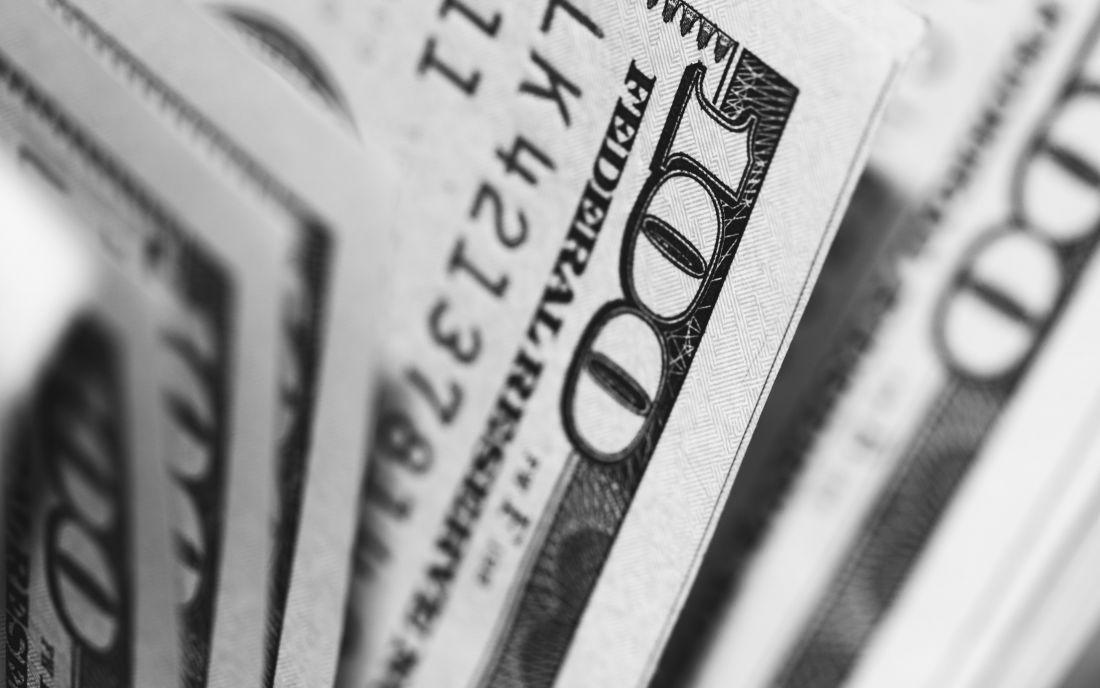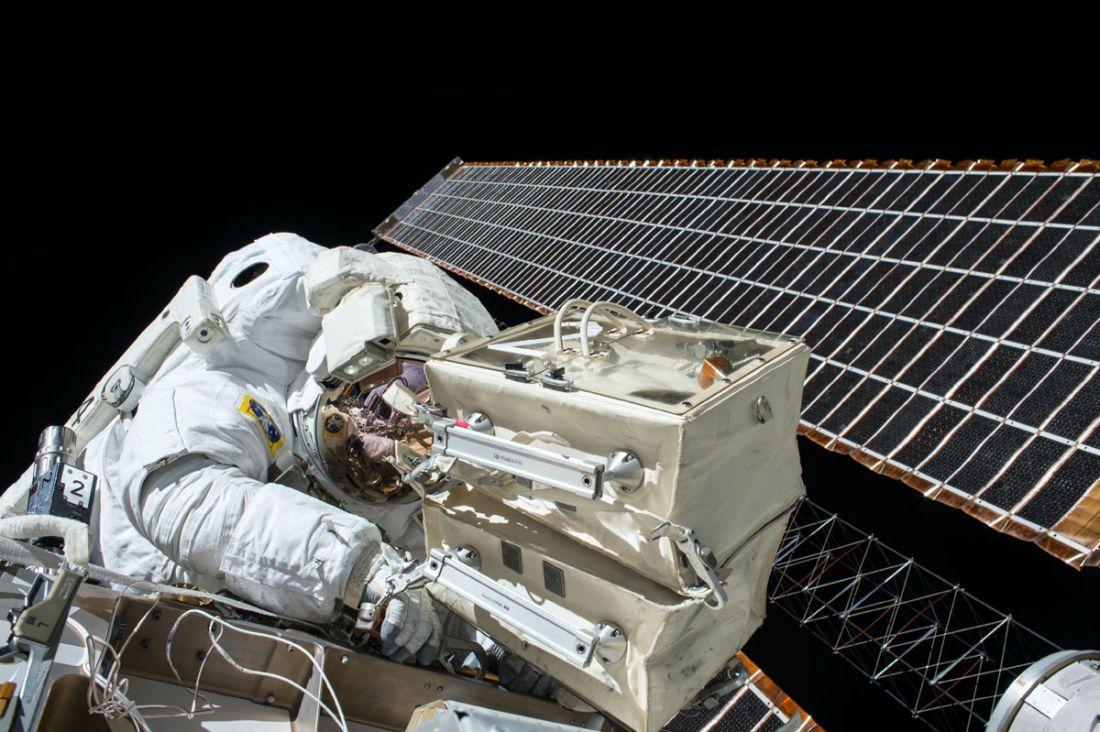7 Factors You Must Considered in Purchasing Machines and Equipment
Having the right equipment and machinery can make the difference between profit and loss in your company. Here are 7 key factors you should consider before acquiring.
In this article:
- 1. Find the Match Between Production Output and Extra Value
- 2. Knowledge and Training - How much will it cost?
- 3. Price and Comparison - Don't Jump on The First Offer (necessarily)
- 4. Used vs. New Equipment - Not an Obvious Choice
- 5. Lease vs. Buy - Does Owe or Owning make the most sense?
- 6. Running Costs vs. Payback - Will it Pay Off?
- 7. Availability of Replacement Parts
- Conclusion

1. Find the Match Between Production Output and Extra Value
Will the equipment or machine you're about to get, potentially give extra value to the company? How quickly will you earn back what you will be spending during its lifetime? Although it can be difficult to calculate the benefits, a rule of thumb is to consider both best-case and worst-case scenarios; What if production idles. What if sales stall. What if there will be additional running costs you didn't consider.

2. Knowledge and Training - How much will it cost?
It's an advantage if you and your staff know and has experience in operating that exact machinery or equipment you consider obtaining. If not, there may be additional costs related to just getting to know the equipment and how to operate it. Another danger of not knowing the exact properties and characteristics of new, expensive machinery is that you might end up having to spend even more resources just to make it work the way you need it to.
In such cases, it might be a good investment to ask for a second, honest opinion from an independent consultant (not the seller) and get the insights you need, in order to decide if or what it will take to get the machinery to work for you.

3. Price and Comparison - Don't Jump on The First Offer (necessarily)
You will probably collect a few offers from different suppliers, but it might not be the smartest idea to just go for the cheapest deal. Or the most expensive for that matter.
Make sure to check:
- That all the features you need are present in all the offers.
- That you don't end up paying a lot for features you really don't need.
Again, knowledge is key to success also in this area, so make sure to take your time and do the research properly up-front.

4. Used vs. New Equipment - Not an Obvious Choice
Buying used versus new equipment and machinery has both some pros and cons. The main benefit of buying used is obviously the price, which is usually much lower than buying the same thing new. However, buying used can still end up being more costly, so make sure to check its condition properly. The seller's documents should include a condition description, but you should always perform an inspection yourself before buying.
For certain machinery, like vehicles, construction machines, production machines, etc., maintenance history should be provided as well, along with other documentation like owner history, warranty information, etc.
You should also figure out if there are parts that will have to be replaced soon, and how that will inflict the total cost - both in material expenses, manpower and downtime.
PS! You're probably going to sell some of your machinery sooner or later too, so make sure to have all documentation and maintenance history tidy and collected in one place. An equipment management solution like Itefy might become useful for this purpose.

5. Lease vs. Buy - Does Owe or Owning make the most sense?
Leasing equipment, machinery, and tools preserve capital but might be more costly in total. On the other hand, it gives more flexibility. And in some cases, for instance, when it comes to very expensive equipment, it's the only option.
Pros:
- Lower initial expense, which might give you the opportunity to step up production more quickly.
- Leasing agreements may enable rapid equipment upgrades, which can be crucial when it comes to high-tech equipment like servers, aircraft etc.
- Tax deductions.
Cons:
- It will cost you more in the long run.
- You don't really own the equipment. So even after having spent lots of money on it and the leasing period is over, you either have to buy it (ending up having spent more than it would cost by purchasing it in the first place), or return it.
- The higher company operating costs, because you are obligated to pay for the entire leasing agreement time.

6. Running Costs vs. Payback - Will it Pay Off?
Depending on what kind of equipment or machinery you're getting, the running cost might be a big factor. In industries with small margins, like aviation, the fuel efficiency of the fleet can mean the difference between make or break, especially in times when oil prices are high.
However, running costs include more than just fuel or power efficiency. Equipment built with cheaper parts and materials might have to be fixed more often. And even if replacement components themselves might not be very expensive, the manpower required to perform the replacements, and the downtime, may cause high expenses.
Considering acquiring more expensive equipment and machinery with a good track record when it comes to uptime and reliability, may cost less in the long run.

7. Availability of Replacement Parts
Long-term support from the supplier is critical when it comes to expensive machinery that is meant to last for years or maybe decades. Consider selecting a solid supplier that has been in the market for a long time, and that has a good track record of supporting older models with both parts and knowledge.
Conclusion
Acquiring machinery and equipment for your business is more than just finding, paying for it, and putting it into use. To avoid losing both time and money, you should consider all these factors for each and every equipment item you buy. If considered carefully, you are more likely to meet the goals you initially had for the equipment you are acquiring.
That being said, the more equipment you have, and the more people in your organization using it, the more important it is to gain full control of it: Where it is, who is using it (or if it's idle), who is the primary person in charge of it, is it being maintained properly, where do you get spare parts, etc. Having an equipment management system that includes a maintenance management system (CMMS) as well, is crucial to:
- Plan and schedule usage to get the most out of the equipment, and avoid double bookings
- Schedule regular maintenance
- Keep a log of usage through checkouts and check-ins
- Know where it is by logging location changes
- Make sure equipment is being fixed as quickly as possible if it breaks
...to mention a few factors. Using a spreadsheet is better than nothing (you can download our free equipment management spreadsheet template), but if you want an automated, dedicated system, you should consider using a proper equipment management system, like Itefy. It will have all the functionality you need, built-in, to properly manage and gain full control of all your equipment.
